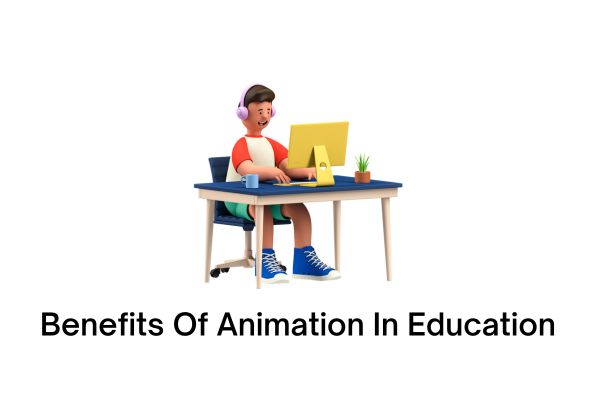What are the benefits of animation in education? Animation has become an integral part of education in recent years, revolutionizing the way students learn and engage with complex concepts. The benefits of animation in education are numerous, ranging from increased student engagement to improved retention of information. In this article, we will explore the various advantages of incorporating animation into the educational curriculum.
1. Visual Learning
One of the greatest benefits of animation in education is its ability to facilitate visual learning. Traditional textbooks and lectures may not always effectively convey complex ideas or concepts, making it challenging for students to fully grasp the subject matter. With animation, abstract concepts can be visualized and presented in an easily understandable manner, making learning a more immersive and enjoyable experience.
2. Enhances Understanding
Animation has proven to enhance students’ understanding of subjects that are typically difficult to comprehend. By visualizing scientific processes, historical events, or mathematical concepts through animation, students are able to grasp the material more easily. This helps them build a solid foundation of understanding, allowing them to progress to more advanced topics with confidence.
3. Engages and Motivates Students
Traditional teaching methods often struggle to capture and maintain students’ attention. However, animation captivates students through its visually appealing and interactive nature. By incorporating animated videos or simulations into lessons, educators can make the learning process more exciting and enjoyable. This, in turn, boosts student motivation and engagement, leading to better retention of information.
4. Encourages Critical Thinking
Animated content prompts students to think critically and analytically. For instance, when presented with an animated scenario or problem, students are encouraged to evaluate different approaches, make decisions, and explore various outcomes. This fosters the development of problem-solving skills and enhances students’ ability to think outside the box.
5. Facilitates Multisensory Learning
Animation combines visual and auditory components to create a multisensory learning experience. By engaging multiple senses, students are more likely to retain information and develop a deeper understanding of the subject matter. Moreover, multisensory learning has been linked to improved memory retention, making animation an effective tool for long-term learning.
6. Promotes Creativity
Animation opens up a world of creativity for both educators and students. Through the creation of their own animations or by analyzing existing ones, students are encouraged to think creatively and express their ideas in unique ways. This fosters innovation and enhances their overall creative abilities, which are valuable skills in a rapidly evolving world.
7. Supports Inclusive Education
Animation can be leveraged to support inclusive education by catering to various learning styles and abilities. Students with different learning preferences, such as visual or auditory learners, can benefit from the visual nature of animation. Additionally, students with learning disabilities or language barriers can better understand complex concepts through animated visuals.
8. Real-World Application
Animation has the power to bridge the gap between theory and real-world applications. By showcasing real-life examples or simulations through animation, students can see the relevance of what they are learning. This not only deepens their understanding but also sparks their interest, as they can see how the knowledge they gain in the classroom can be applied in practical situations.
9. Interactive Assessments
Traditional assessments often fail to truly assess students’ understanding and critical thinking abilities. Animation allows for the creation of interactive assessments that prompt students to apply their knowledge in dynamic scenarios. These assessments not only provide educators with a clearer picture of students’ comprehension but also allow students to actively engage with the material, reinforcing their learning.
10. Global Collaboration
With the availability of animation tools and platforms, students can collaborate on projects and share their animations globally. This opens up opportunities for cross-cultural learning, where students can exchange ideas, perspectives, and animations with their peers from different parts of the world. Such collaborations enhance their global awareness and prepare them for a diverse and interconnected world.
In conclusion, the benefits of animation in education are vast and impactful. It revolutionizes the learning experience, making it more engaging, interactive, and effective. Animation has the power to transform education by bridging the gap between abstract concepts and student understanding. By incorporating animation into the curriculum, educators can foster a love for learning, promote critical thinking, and empower students to become lifelong learners. So let us embrace the benefits of animation in education and unlock the full potential of our students.
